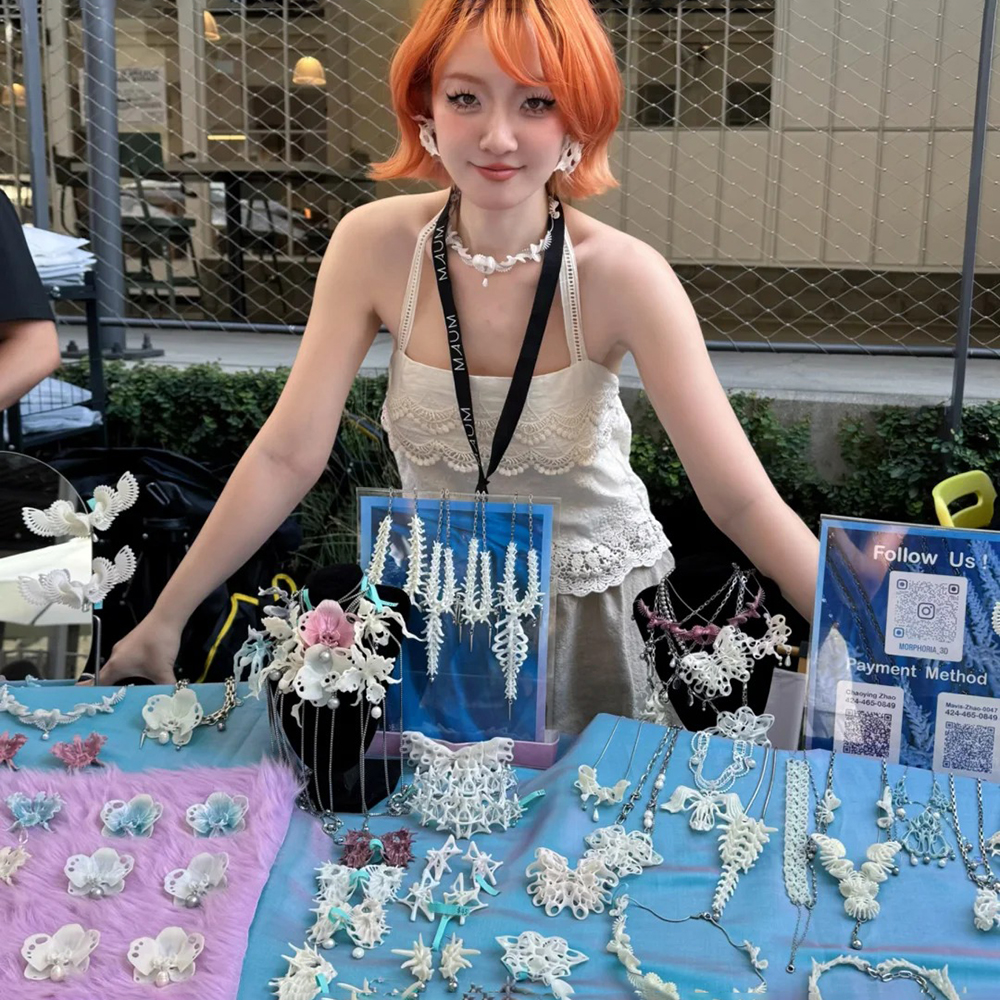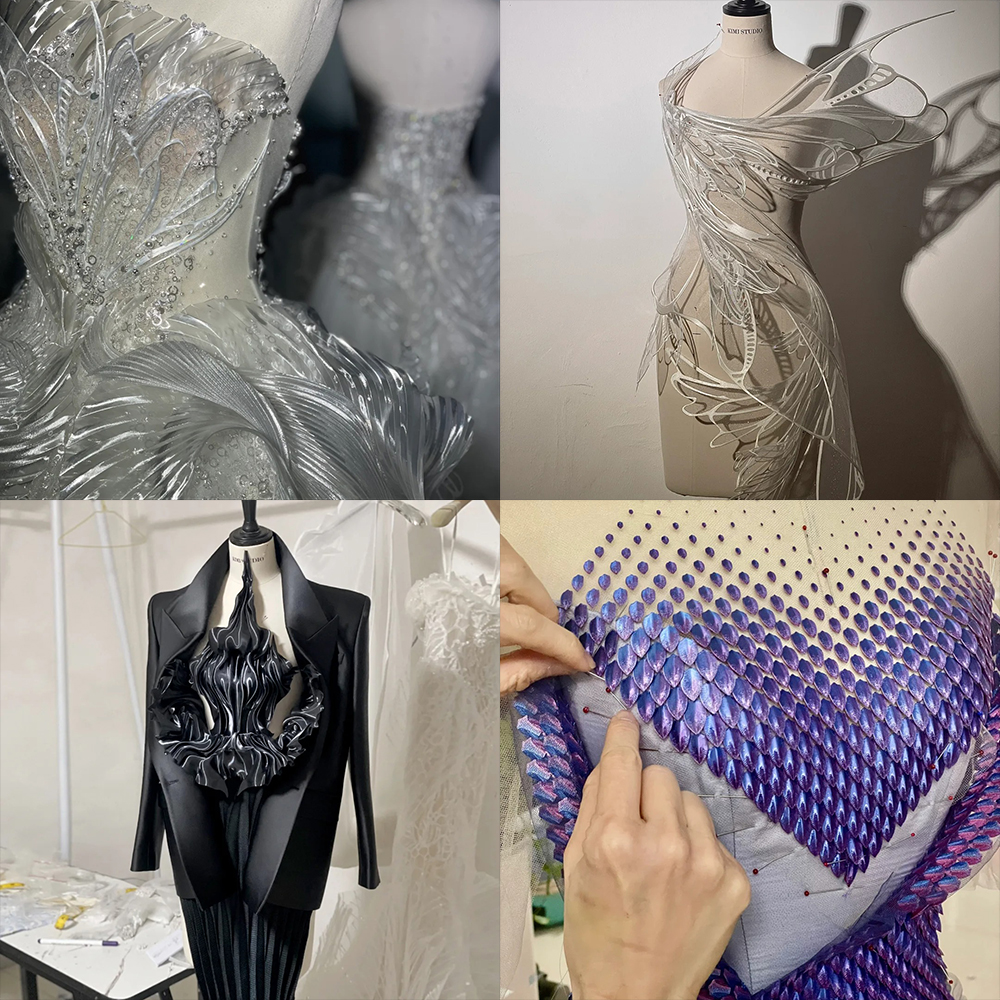You can find countless tutorials online telling you to “optimize your workflow,” “scale your farm,” or “maximize efficiency.”But if you’re truly starting from zero, none of that is what you need right now.
Starting a 3D-printing business is less about machines and more about mindset: staying curious, solving a real problem, and moving forward one small step at a time. Here’s a sincere guide – supported with the kind of advice that people only share after they’ve learned it the hard way.
1. Don’t worry about operations yet – they come later
A common beginner mistake is obsessing over:
-
- perfect processes
- the “right” slicer settings
- branding, packaging, logos
- how to scale
- how many printers you’ll need
The truth?
These things don’t matter until you actually have something worth optimizing.
Real entrepreneurs say it plainly:
“Don’t worry about operations or optimizations yet. You’ll waste time.Find an unmet need, try to meet it, and only optimize once you actually have profit.”
One beginner proved this perfectly:after buying their first printer, they simply printed fun little toys and took them to a small local event.One afternoon brought in over $40, just because they showed up.
This is the heart of starting a 3D-printing business:you don’t begin with efficiency – you begin with discovery.
2. Start with something you genuinely care about
Most small creative businesses begin because someone wanted to make something for themselves:
- a miniature
- a cosplay prop
- a custom organizer
- a personal accessory
- a small tool that solves a daily annoyance
When you care about an idea, you naturally give it more attention. Customers notice that.
One creator started by printing small toys simply because they liked them. Posting the prints online brought unexpected sales, and event organizers invited them to small weekend markets.The “business” began long before they ever intended to start one.

Met so many lovely people, got tons of compliments, and even had a few pieces sell out. Thank you to everyone who stopped by and supported my tiny table of strange little creatures. Can’t wait for the next market!” Photo credit: morphoria_3d
3. You are not starting a “3D printing business” – you are becoming a small manufacturer
This is one of the most important reframes:
“You’re not really starting a 3D-printing business.You’re trying to become a manufacturer of something people actually want.”
3D printing is just the tool.
The real questions are:
- What original idea can you bring to life?
- What problem can you solve for someone?
- What makes your product different from thousands of generic prints?
One designer shared how frustrating it felt when their cool ideas were immediately copied by others.The turning point came when they focused on original design, unique style, and deeper craftsmanship.That shift – from printing to creating – is where real businesses begin.
4. Avoid the saturated path: don’t be “just another Etsy seller”
Selling the same generic models as everyone else leads to a race you cannot win.
A hobbyist put it bluntly:
“Being just another schmuck on Etsy selling the same prints isn’t a business.It becomes whack-a-mole with people who own ten times your machines.”
But there is a winning path:
- find a small niche
- make original designs
- serve a tiny community deeply
- solve a very specific problem
A creator who uploaded ten original models to a small online contest saw two designs take off unexpectedly.Those two models alone earned enough rewards and commissions to fund two new printers.
Originality scales. Generic prints don’t.

5. Do simple market research – and listen
You don’t need corporate tools.
Just ask:
- What tiny problem frustrates people?
- What niche communities love handmade goods?
- What items are outdated, ugly, or inconvenient?
One maker noticed that children loved “fishing games” at festivals, so they printed tiny creatures and props for these booths.It was lighthearted, fun, and surprisingly profitable.
Often, the market is already hinting at what it wants.
6. Create a tiny idea – an MVP – and test it quietly
Borrowing a concept from the tech world:
Start with a Minimum Viable Product – the smallest version of your idea that lets you test demand.
Examples:
- a keycap
- a simple figurine
- a desk tool
- a cosplay accessory
- a historical replica prototype
One enthusiast hired a designer for $50, printed a single WWI-style helmet, and asked collectors if they wanted one.That one conversation taught them more than weeks of planning.
An MVP is:
- cheap
- fast
- low-risk
- incredibly revealing
You don’t need a business plan.You need one real person to care.

7. Make the first sale – even one – and learn from it
Small sales teach you more than big dreams.
One creator made their first $10s here and there from print-on-demand jobs.Friends later asked for customized models – not because the maker was the cheapest, but because they were open, responsive, and willing to try.
Over months, these tiny commissions added up to a few thousand dollars, slowly building confidence and skill.
If demand suddenly grows, you’re not stuck:
- outsource fulfillment
- raise prices
- expand your niche
- produce only what you can handle
A business doesn’t need to start big.It just needs to start.
8. Don’t rush into general “print-to-order” services
General 3D printing services are crowded and low-margin.
One maker put it honestly:
“Print-to-spec is a tough space. Even established shops struggle.”
If you choose this route:
- specialize
- pick one industry
- offer expertise, not just machine time
Otherwise, you’ll be competing with industrial shops that run 24/7.
9. Your formal business setup can wait
Another piece of practical wisdom:
“Your business entity, logo, and long-term plan can wait until volume justifies it.”
One creator didn’t register anything until they had regular customers and a small portfolio of original work.
Early on, simpler is better.
10. Be patient, be sincere, and let the business grow at a human pace
Small 3D-printing businesses grow through honesty:
- showing your process
- admitting mistakes
- being fair about pricing
- listening to customers
- improving gradually
One maker reflected:
“This field is new. The opportunities are real.And if you keep trying, something good eventually happens.”
You don’t need 10 printers.You don’t need a warehouse.You don’t need to quit your job.
You just need one idea, one prototype, and one person who cares.
Everything else comes later.
A gentle note: you don’t have to do everything yourself
Many small 3D-printing creators eventually reach a point where demand outgrows what one machine – or one person – can handle.And here’s something most newcomers don’t realize:
many 3D-design studios quietly outsource their manufacturing.
They design locally, but produce through trusted partners who can handle:
- large batches
- industrial-grade materials
- complex processes (SLA, SLS, MJF, DLP, CNC, PU casting)
- professional finishing
- consistent quality
FacFox is one of the manufacturing partners behind the scenes for a number of studios and independent designers – helping them scale without buying more equipment.
So if your business grows faster than expected, or if you want industrial-level quality without industrial-level investment, outsourcing is not a failure – it’s a strategy.
We can help you produce:
- prototypes
- small-batch consumer products
- engineering parts
- models for retail shops
- finished goods ready to ship
Freeing you to focus on what actually matters:design, creativity, and the part of your business that only you can do.
Final Thoughts
A 3D-printing business doesn’t start with machines.It starts with curiosity.
It starts with the moment you look at a small corner of the world and say:
“I think I can make this a little better.”
Do that sincerely, and the rest will follow.
And if you ever need help turning your ideas into real objects –you don’t have to do it alone.